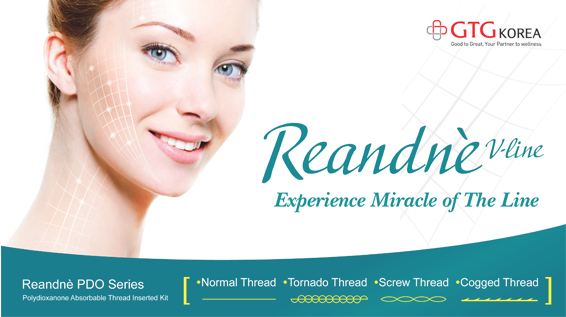What are your thoughts on the growth potential of the picosecond laser?
I am currently applying the picosecond laser in areas other than pigmented lesions to find new indications for it. The picosecond laser devices are very costly but rather than lowering the price, finding the right indications would increase its competitiveness. It has to be an area that is tackled only by the picosecond laser.
A definite advantage that the picosecond laser has over the Q-switched Nd:YAG laser is that it does not cause hair loss even with long-term exposure. The Q-switched Nd:YAG laser causes hair loss in the beard, eyelash, eyebrow, etc. even with indirect exposure due to reflection and scattering of light. The short pulse duration of the picosecond laser may preserve hair.
Airjet is being commonly used in wrinkle removal and lifting. Do you think this trend will continue?
Adjusting the nozzle of Airjet is in trend as this widens its indications. Changing the nozzle affects the trajectory, depth, width and strength of the physical impact. This means Airjet can be used in lifting, scar removal, as well as pore tightening. Airjet targets deeper layers but nozzle adjustment allows it to also target shallow layers including the pores.
Airjet’s mechanism of action appears simple but there are still many aspects of it that are not understood. For example, what is the trajectory of the sprayed material, and whether the curved trajectory is caused by Bernoulli’s theorem or a very small opening on the nozzle. This also means that the potential for growth is big with this new modality.
On the other hand, would you say HIFU is falling behind the trends?
The question about HIFU that begs to be answered is whether we really need high, focused energy. The epidermis and dermis are hard structures but tend to become softer in the deeper layers with a higher water content. As HIFU targets deeper layers, applying the same principles used in the hard upper layers may not be suitable any more.
In HIFU, energy is focused into a small spot for coagulation and preventing nerve or vascular damage. However, the deeper layers that are softer may not need such high energy for coagulation. That is, I think it may be more beneficial to lower the energy and increase the spot size. Using this same principle in another device brought positive outcomes. I think HIFU can go through some changes to stay relevant and event popular.
[Advertisement] Reandnè Thread Series – Manufacturer: GTG KOREA(www.gtgkorea.com)
Which devices do you think will lead the market in 2017?
I think the lens, rather than the medium, will be the determinant of superior performance. Manufacturers who develop devices that deliver energy into the targeted layer while leaving the epidermis and dermis intact will naturally take the lead. For example, an improved lens design can allow the Nd:YAG laser, which is currently used in superficial layers, to target deeper layers without damaging the upper layers.
What is the prospect of ultrasound?
I see many ultrasound devices being released. Ultrasound works in deeper layers without acting on the skin surface. This has become possible by adjusting the hertz. Shorter wavelengths deliver energy to the surface and longer wavelengths to the deeper layers. However, LDM has extensive coverage and has effects that are short-lived and mild at best. Therefore, I think we need something that comes between laser and LDM in the future. As laser also uses pulsed energy, depth of delivery can change depending on how it is focused. The lens design plays a key role in this aspect and I hope more manufacturers research this in the near future. I think a device that uses the benefits if both laser and ultrasound will be very useful.
What are your thoughts on anti-obesity treatments?
I have used most of the fat-removing modalities that use magnetic field, cryotherapy, and ultrasound, etc. Personally, I have decided to not venture into the obesity market. Korean patients tend to expect from device treatments drastic fat removal only possible with liposuction. Liposuction has become very affordable and it is difficult to offer competitive prices with device treatments.
What about acne treatments?
Acne treatments include laser, skin care, and medication. Efficacy is similar among the three methods and practitioners naturally prefer the more lucrative and less time-consuming choices of medication and skin care. However, various new acne devices are being developed with good efficacy. I think each specialist can choose combinations of the above three methods as they see fit.
What do you think will be a blue ocean in the field of aesthetic medicine?
In Korea, tattoo is a new area that dermatologists need to venture into. However, few dermatologists have the skills for good aesthetic results. I think it is a lucrative area if one trains in tattoo designing.
Which devices do you recommend for your colleagues who are considering adding new devices to their practice?
If you already have most major devices, I recommend getting the picosecond laser. It is important to keep studying this new modality after purchasing it.
I also recommend lifting devices. Energy based lifting procedures are not as popular yet. For lifting, thread and dermal filler are mostly used. There is currently no device that can effectively replace these two methods. Before such a device is released, I recommend using Airjet which uses pressurized air for lifting effects. However, it has a long learning curve of 6 to 12 months. Visible improvement requires multiple treatments and the doctor needs to be able to detect changes from a single treatment.
-To be continued-




















